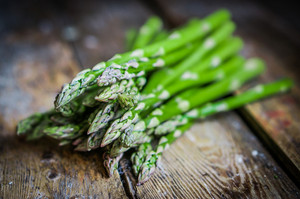How To Eat Whole Foods

Eating whole foods is a smart choice for improving your health and well-being. When we say “whole foods,” we mean foods that are as close to their natural state as possible. Processed or refined foods, on the other hand, tend to be stripped of their nutrients. To keep your body healthy, it’s important to consume a variety of whole foods, especially fresh fruits and vegetables. And it’s even better if you can find locally grown produce.
Why Is Eating for the Seasons Important?
Believe it or not, our bodies have different nutritional needs depending on the time of year. For example, during the winter months, our bodies crave carbohydrates that can be stored for later use. But in the summer, we naturally lean towards digesting proteins. These seasonal differences explain why people in tropical climates tend to have stronger immune systems. The abundance of vitamin D in these areas helps combat illnesses.
It’s crucial to keep our nutrient intake balanced throughout the year. Otherwise, we might end up with an excess of one nutrient and a deficiency of another, leading to issues like constipation, diarrhea, or even serious health conditions like cancer. To avoid these problems, make sure to eat a wide variety of whole foods and drink plenty of water.
Embrace Whole Food Cooking Made Simple
One challenge with eating whole foods is their often large size. It can be tough to prepare these items, especially when cooking for a family. Luckily, using a slow cooker can make things much easier. By preparing large quantities of whole foods in advance and reheating them in the slow cooker when it’s mealtime, you can save time and effort in the kitchen.
From Farm to Table: The Importance of Eating Local and Organic
Opting for locally grown produce is highly beneficial. When you buy produce from the grocery store, chances are it has traveled long distances before reaching your plate. During transportation, many of the nutrients in the produce may deteriorate. By choosing locally grown options, you have a better understanding of how your food was grown and what was used in the process.
Additionally, considering organic options is crucial. Organic produce is farmed without the use of harmful chemicals and pesticides, ensuring that what you eat is free of any potentially harmful substances.
These are just a few strategies to ensure you are making healthy food choices. By prioritizing whole foods and being mindful of seasonality, cooking methods, and sourcing, you can improve your overall health and well-being.


